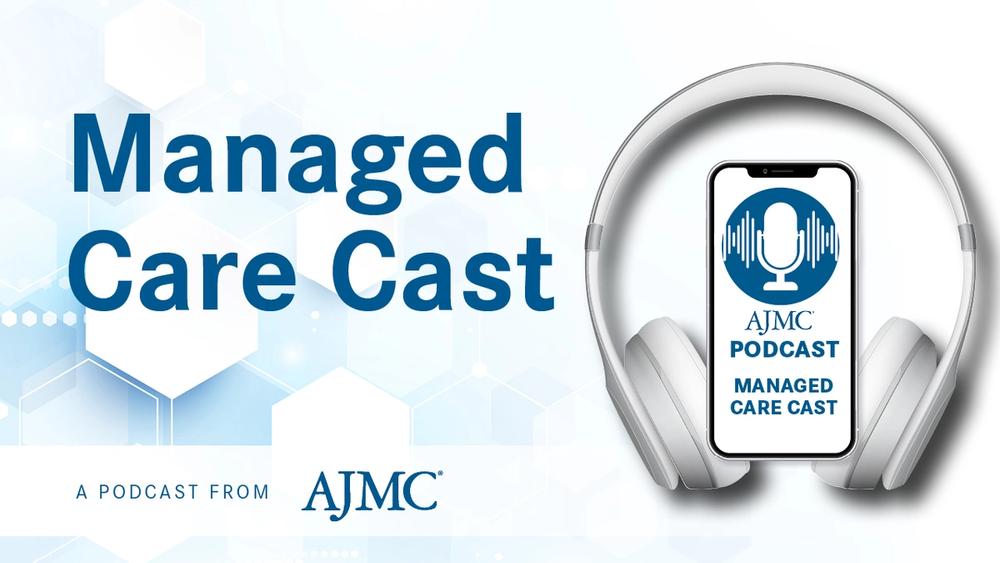Commentary
Video
Identifying the Right Metrics to Evaluate the Impact of the IRA: H. John Beardsley and Fauzea Hussain
Author(s):
Evaluating the impact of the Inflation Reduction Act (IRA) will require real-time data and effective therapy metrics, explained H. John Beardsley, MBA, of CoverMyMeds; and Fauzea Hussain, MPH, of McKesson.
Determining whether the Inflation Reduction Act (IRA) actually is improving patient outcomes will require evaluating metrics that are a mix of clinical and cost measures, explained H. John Beardsley, MBA, senior vice president of corporate strategy and business development at CoverMyMeds; and Fauzea Hussain, MPH, vice president of public policy at McKesson.
Beardsley and Hussain participated on a panel at Asembia’s AXS25 Summit discussing the broader impact the IRA could have on the health care industry.
This transcript has been lightly edited; captions were auto-generated.
Transcript
What metrics should stakeholders track to evaluate whether the IRA is truly improving patient outcomes versus just lowering prices?
Beardsley: If what you're ultimately trying to do is help people get the medicine they need so they can live healthier lives, then outcomes and the results of the therapy and whether or not it is effective for them is the most important thing to measure, and there are a lot of things that lead up to that. Affordability is one thing that keeps people from getting on therapy, but once they're on the therapy, making sure that therapy is really working for them. Are you seeing biometric changes that should be evident in the clinical record in the doctor's office, and if you're not, what's the alternate therapy you should be considering?
Hussain: I agree. I think that looking at the combination of clinical and cost metrics is going to be the key part of it. When we think about outcomes, research, and data, typically on the time horizon for that research to happen, you're usually waiting 1 to 2 years after the claims data is in. At that point you're doing a look back: 2 to 3 years retrospective.
In a time, though, when the financial toxicity on patients is so high, and you want to evaluate, “Are we actually improving outcomes?” I think we have to shift to more of a real-world data assessment and looking at the patients more [in] real time and quickly looking at what are those outcomes. In some cases, that may not be possible, but then we should be able to find surrogate ways of addressing outcomes and improvement. Maybe those are more on the patient-reported outcomes: the biometrics, their quality of daily living, [and] functionality in those ways. Maybe different ways of [tracking] outcomes, so that you can get a better sense as to what's happening [in] real time.




